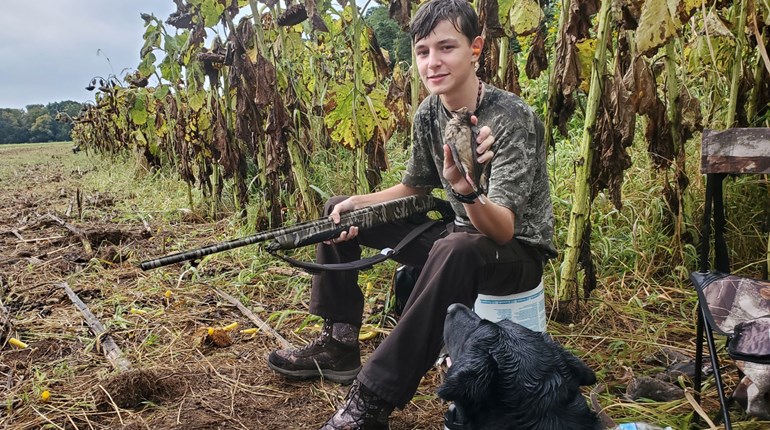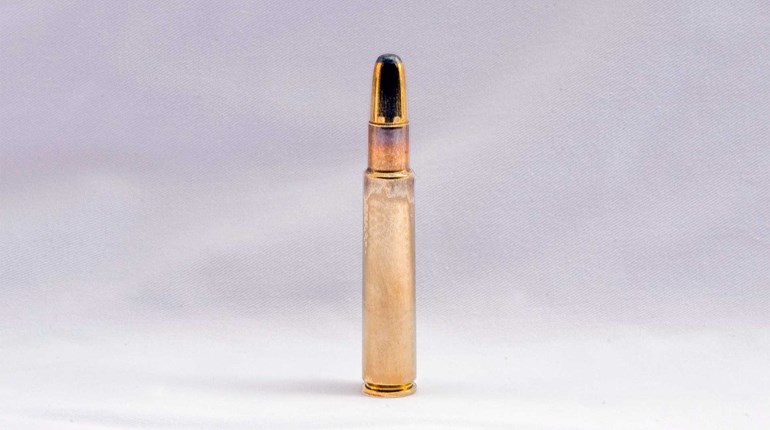
Stick-and-string hunters have been out among them for a couple of weeks. A few gun seasons have gotten underway, but for much of the country hunting season starts Saturday. And by “hunting season” I mean doves. After nearly a half-century I continue to be amazed at the passion so many hunters have for a four-ounce bird. I mean it’s not like a gaudy pheasant with a long tail or a hefty honker.
Yet, especially in our southern climates, more than a million hunters will be out Saturday, each with three or four boxes of shells to kill anywhere from 10 to 15 of these birds. Here are a few things to keep in mind to be successful: Food, water and safety. Doves feed on smaller seeds like wheat, safflower and sunflowers. Look toward those fields as a primary hunting area, but be aware of the baiting laws in your state. Usually those laws specify a time limit between crop harvest and hunting. Breach it at your own peril. After the birds fill their crop they need water. It doesn’t take much; even an irrigation ditch will cover their needs splendidly. As a rule, the closer to the feeding area, the better for a water source. Decoys are a big help, and a half dozen is all you need.
Dove hunting is often a social affair, meaning usually there are a lot of shooters working a field. This is one time where you absolutely must wear some form of eye protection. No matter how much guys like me sound the warning, somebody will get peppered with shot. Your eyesight is worth a lot more than a bird. If you choose to include a dog on a dove hunt, bring plenty of water for it. Temperatures are usually in the mid- to high 90s or better, and asking anyone to run around and pick up birds while wearing a fur coat borders on cruelty, as far as I am concerned. So make sure your best buddy has enough coolant in it to deal with the heat.
I’ve had everything from terrible to legendary dove hunts. My first dove hunt netted me just two birds. About four years ago I was in South Africa and as a break in the plains game hunt we shot wood pigeons—a bird similar to mourning doves but about a third larger. There the birds are considered a pest due to their depredations on agriculture, so there is no limit. We shot dozens and had a great time. Unfortunately we weren’t able to enjoy the table fare of our afternoon shoot.
There are a lot of ways to prepare dove, but this is my favorite. Lightly brown the breasts in olive oil with a little butter. Add a cup of long grain and wild rice to a soup can of chicken broth and a teaspoon of poultry seasoning. I usually throw in a healthy glug of cheap Chablis and a little extra sage seasoning for my tastes. Put the breasts back into the frying pan, cover it and simmer until the rice is done. There’s never any leftovers.
’Tis our time of the year, the beginning of the hunting season. It is something we longingly wait for all year. Let’s get out and enjoy it!





































